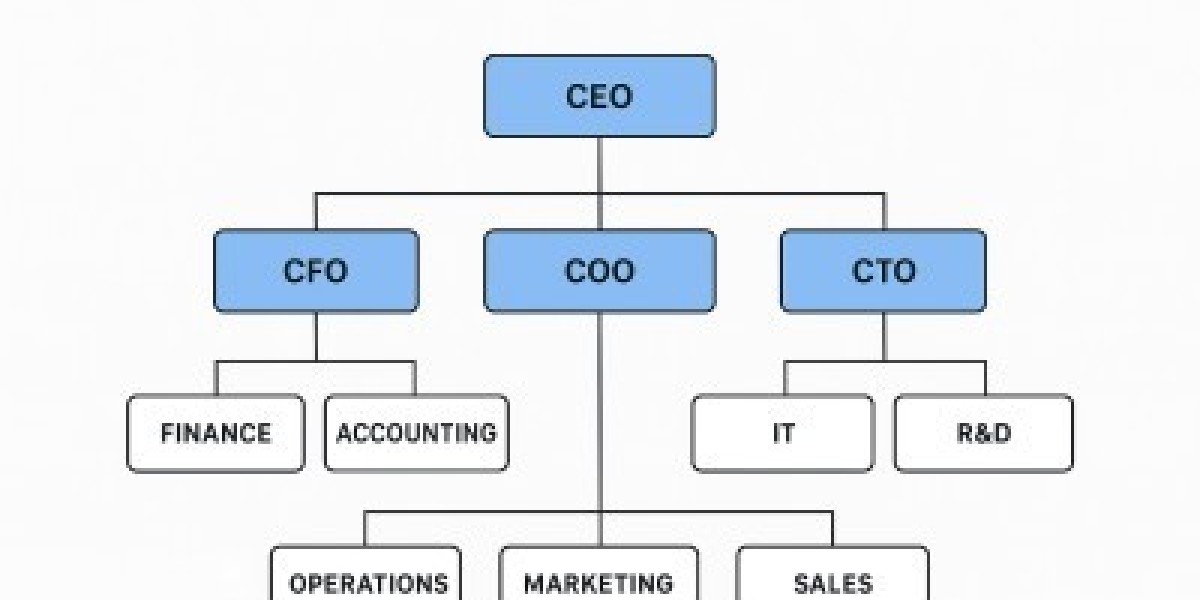Organizational charts—often called org charts—are more than just internal diagrams. At the Fortune 500 level, they represent the backbone of how global enterprises allocate authority, streamline decision-making, and align people with strategy. Exploring Fortune 500 org charts can offer valuable lessons for businesses of all sizes, from emerging teams to established mid-market companies seeking to refine structure and improve operational flow.
While most people view org charts as simple visual maps of job titles and reporting lines, the charts used by Fortune-ranked companies reveal deeper realities: corporate culture, power distribution, communication channels, and even a company’s ability to innovate. By studying how the largest organizations in the world structure themselves, professionals can identify patterns that help them adapt, grow, and organize more thoughtfully.
Why Fortune 500 Org Charts Matter
Fortune 500 companies operate at a scale that requires clarity. With tens of thousands of employees, global divisions, and complex regulatory environments, structure cannot be accidental. Their org charts matter because they:
1. Support Strategic Alignment
The higher the stakes, the more important it becomes for leadership, operations, and customer-facing teams to move with shared direction. Org charts define:
who drives strategy
how priorities cascade
how accountability is measured
2. Improve Communication Pathways
Large companies avoid chaos by mapping internal communication routes. A well-defined chart:
prevents duplicated work
clarifies approval processes
reduces internal friction
3. Enable Scalable Growth
Fortune 500 org charts are built with scalability in mind. They evolve to:
support acquisitions
absorb new markets
integrate emerging technologies
4. Reinforce Compliance and Risk Management
At scale, errors are expensive. Structure protects companies through:
audit-ready reporting lines
documented oversight roles
defined responsibilities
Common Org Chart Models Found in Fortune 500 Companies
Although every enterprise is unique, most Fortune 500 org charts fall into recognizable structural categories.
Functional Structure
One of the most common, where teams are grouped by specialty:
marketing
finance
operations
HR
IT
This model works well for efficiency and specialization but may create departmental silos.
Divisional Structure
Used by companies with multiple product lines or geographic regions:
consumer vs. enterprise divisions
North America vs. Europe units
This structure allows autonomy but can duplicate resources.
Matrix Structure
Combines functional and divisional reporting, where employees report to multiple leaders. Benefits:
cross-department collaboration
flexible resource allocation
Challenges:
complex accountability
potential role confusion
Network or Hybrid Models
Growing among digital-first enterprises, blending internal teams with:
contractors
partners
distributed workforces
This structure is adaptive but requires strong communication infrastructure.
What Fortune 500 Org Charts Reveal About Leadership
Executives in these org charts typically include:
CEO – overall strategic direction
COO – operational execution
CFO – financial stewardship
CIO/CTO/CDO – technology and data leadership
CHRO or Chief People Officer – talent strategy
Interestingly, emerging leadership roles reflect shifts in the modern market, including:
Chief Sustainability Officer
Chief Diversity Officer
Chief AI or Innovation Officer
Chief Customer Experience Officer
These additions highlight that Fortune-level companies no longer treat culture, ethics, and customer satisfaction as secondary.
Lessons Smaller Companies Can Learn
Even without thousands of employees, businesses can take inspiration from Fortune 500 org charts to strengthen their own operations.
Clarify Roles Before Scaling
Ambiguity slows growth. Defined responsibilities reduce friction and improve productivity.
Prioritize Communication Flow
The goal is not hierarchy—it’s clarity. Clear pathways prevent bottlenecks.
Build Adaptability Into Structure
Companies that lock into rigid hierarchies struggle to innovate.
Align Structure With Goals, Not Tradition
Org charts should evolve with:
new product lines
changing markets
technological shifts
Document, Share, and Update
A static org chart quickly becomes outdated. Fortune-level organizations revise constantly to reflect change.
Digital Transformation and Org Chart Evolution
Technology has changed how Fortune 500 org charts are managed and visualized.
Cloud-Based Org Mapping Tools
Allow instant updates and transparency.
Data-Driven Workforce Planning
Analytics predict staffing needs based on projected growth.
Remote and Hybrid Workforces
Require:
distributed management models
collaborative reporting lines
new employee support structures
AI-Supported Structural Planning
Emerging tools assist with:
skill-gap analysis
team restructuring
workload balancing
Org Charts and Corporate Culture
Structure influences culture more than many realize.
Flat org models encourage:
autonomy
creativity
rapid decision-making
Hierarchical models emphasize:
stability
control
formal reporting
Fortune 500 companies often blend these to support both innovation and accountability.
The Future of Fortune 500 Org Charts
Several trends are shaping how the next generation of enterprise structure will look:
✅ increased cross-functional teams
✅ more emphasis on employee experience
✅ AI-integrated decision systems
✅ sustainability roles embedded at the top
✅ flexible organizational layers
In short, the org chart of the future will be less about hierarchy—and more about adaptability.
FAQ: Fortune 500 Org Charts
1. What is a Fortune 500 org chart?
It is a visual representation of how a Fortune 500 company structures its leadership, departments, and reporting relationships.
2. Why are Fortune 500 org charts useful to study?
They offer insight into how large companies maintain efficiency, communication, and growth at scale.
3. Do all Fortune 500 companies use the same type of organizational structure?
No. Structures vary based on industry, culture, business model, and strategic priorities.
4. How often are Fortune 500 org charts updated?
They are updated regularly—often quarterly or after leadership changes, mergers, or strategy shifts.
5. Can small businesses benefit from studying these org charts?
Yes. Even small teams gain clarity, efficiency, and better growth planning by adopting similar structural principles.







